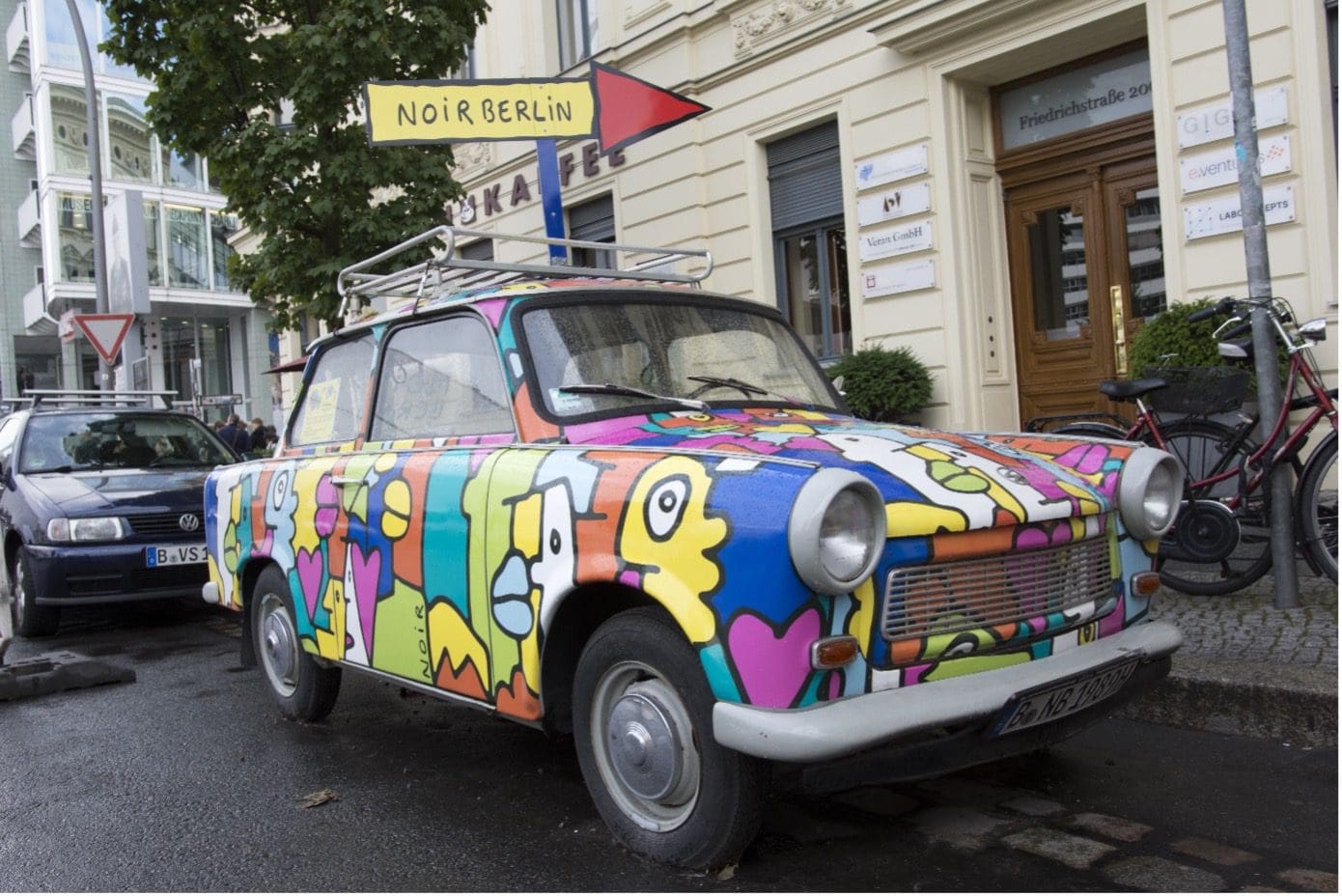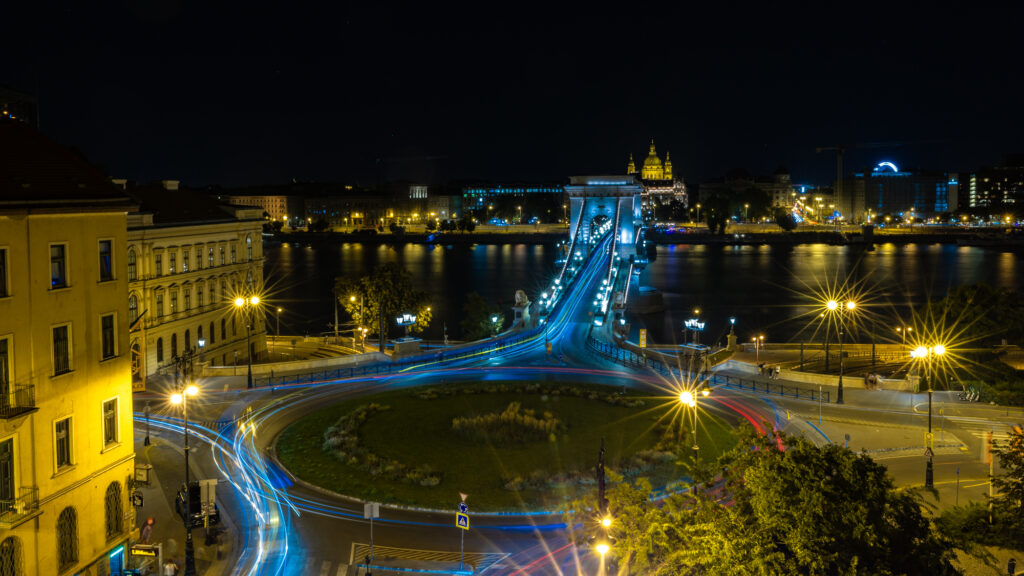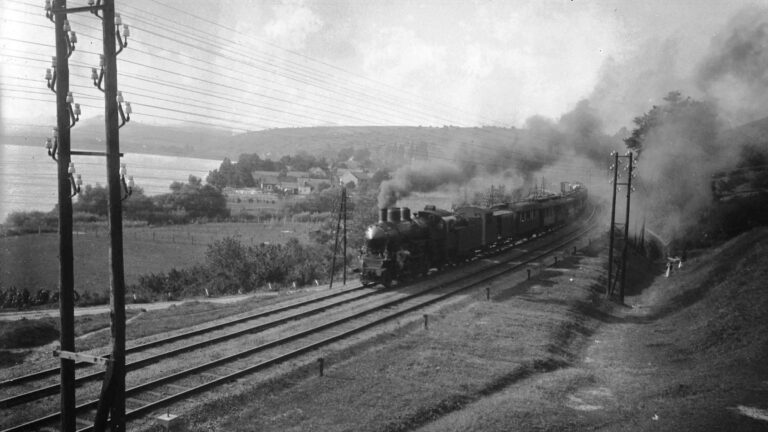In 2001, Hungary’s Workers’ Party run a petition to erect a monument to János Kádár glorifying his achievements as a statesman. Although the campaign was ultimately unsuccessful, surprisingly many supported the initiative. 79 per cent of the viewers who phoned the TV2 show, which discussed the topic[1], agreed that Kádár deserves a statue. Earlier in 1999, a popular vote on ‘who the greatest Hungarians of this millennia were?’ Kádár received the third place. Revealingly, a week later the votes on TV2’s poll about ‘Is it better now to be young?’ were also tilting in favour of the past[2]. But what is behind this nostalgia for state socialism in East-Central Europe?
One of the icons of the nostalgia hunting post-communist East-Central Europe is the Marxim Pub[1] in Budapest. The pub has a classic soviet-style with Lenin and Marx’s portraits and propaganda posters hanging on the walls. The pizzas are named rather creatively – ‘Gagarin’s favourite’, ‘Gulag pizza’, ‘Red October’ are just one of few names from the menu. Another, internationally better-known example of this ostalgie (i.e., nostalgia for the East), is the movie Good Bye, Lenin! In this German satiric movie Saß, an East German housewife, who is a dedicated supporter of the socialist cause, falls into coma just before the regime collapses. Once she awakes, afraid that the shock of realising that the transition had happened would be fatal to her, her family sets up to restore the socialist, East-German atmosphere and living conditions, pretending that state-socialism in the German Democratic Republic is still alive and well. The movie is an incredible documentary of how the rapid changes in the living style and everyday habits of East Germans swiftly washed away the past reality of socialism soon after the transition started and thereby, it also well demonstrates why the speed of changes give rise to nostalgia in the region.
The two outlined examples of nostalgia show the strictly none-political nature of Central Europeans’ longing for the past
The focus of ostalgie is primarily centered around material culture and “re-living” the everyday life of the socialist welfare period. Take for instance the petition to erect a Kádár monument – while most respondents supported the idea, Hungary’s Workers’ Party, who initiated the petition could not forge political capital out of the sudden and widespread discussion of their cause. On most elections since the regime change the party received only around 0.5 per cent of the votes – it has never reached the 5 per cent threshold needed to get into the Parliament. It shows that Hungarians do not wish the past regime to return. They can afford to be nostalgic about state socialism, only because they are absolutely sure that there is no political will nor possibility for the return of the Kádár era [2]
This strange arbitrariness of longing for the socialist past, yet not wanting it to be recovered can be explained by the distinction between restorative and reflective nostalgia as outlined by Svetlana Boym[3]. While restorative nostalgia attempts to re-create the past, reflective nostalgia is just melancholic about (mostly the details of) the long-lost past without the will or desire to restore it—to an extent it even fears its return. Restorative nostalgia is serious and committed, while reflective nostalgia, on the other hand, is ironic, humorous, and critical. It recognises both good and bad in the past, while it longs for what was familiar. These characteristics of reflective nostalgia—longing for the details of everyday life, an emphasis on the good, yet awareness about the ills of the system—is precisely the nature of Central Europe’s nostalgia for state-socialism. It is not the system itself which is viewed by nostalgia, but one’s childhood and everyday life.
[2] Maya Nadkarni and Olga Shevchenko, ‘The Politics of Nostalgia: A Case for Comparative Analysis of Post-Socialist Practices’, Ab Imperio, 2 (2004), 516.
[3] Svetlana Boym, ‘Nostalgia’, Monumenttotransformation.org, http://ww.monumenttotransformation.org/atlas-of-transformation/html/n/nostalgia/nostalgia-svetlana-boym.html, accessed 29 Nov. 2021.
[1] Tamás Szönyei, ‘Emlékmű Kádár Jánosnak: A kővendég’, Magyar Narancs, http://www.magyarnarancs.hu/konyv/emlekmu_kadar_janosnak_a_kovendeg-58983, accessed 29 Nov. 2021.








